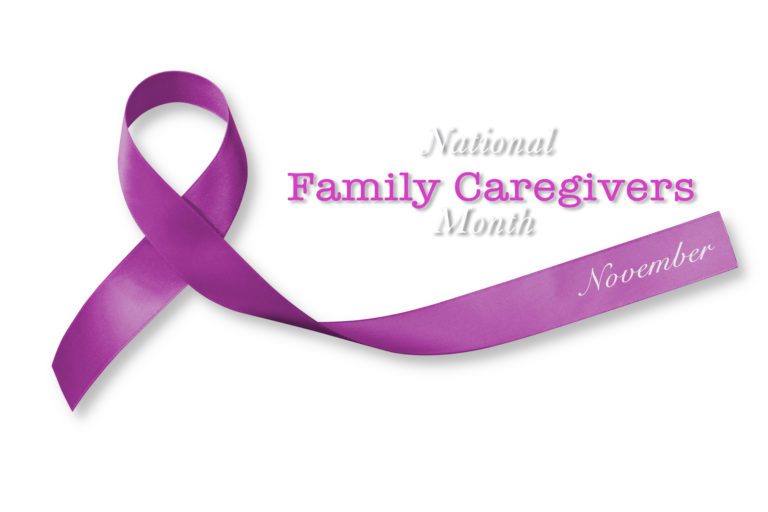Table of Contents
- Monitoring and Managing Health Conditions
- Telehealth and Access to Healthcare Services
- Assistive Technology and Maintaining Independence
- Virtual Reality and Aging Technology
- Conclusion
Technology has made remarkable strides in recent years, significantly improving elderly care. With the growing aging population, innovative solutions are increasingly necessary to manage health and maintain independence. This article explores various ways technology enhances elderly care.
Monitoring and Managing Health Conditions
Remote Monitoring Systems
One of the most significant advancements in elderly care is the ability to monitor and manage health conditions remotely. Remote monitoring systems track vital signs, such as blood pressure, heart rate, and oxygen levels, alerting healthcare providers to concerning changes. This proactive approach helps prevent health emergencies and reduces hospitalization rates.
Wearable Devices
Wearable devices, like smartwatches and fitness trackers, also play a crucial role. They monitor activity levels, providing feedback on exercise and movement, which is especially beneficial for older adults with mobility issues. Staying active is essential for maintaining health, and these devices offer valuable support.
Telehealth and Access to Healthcare Services
Video Consultations and Virtual Appointments
Telehealth has revolutionized access to healthcare services for the elderly. It enables patients to receive medical care from home, eliminating the need for travel and reducing exposure to illnesses in healthcare settings. Through video consultations, remote monitoring, and virtual appointments, telehealth offers a convenient and safe way for seniors to access medical care.
Health Apps
The rise of health apps provides an additional layer of support. These apps help older adults manage medications, track symptoms, and communicate with healthcare providers. They offer a wealth of healthcare information and resources, empowering seniors to take charge of their health.
Learn More: The Psychological Benefits of Senior Companion Care
Assistive Technology and Maintaining Independence
Smart Home Technologies
Assistive technology helps older adults maintain independence longer. Smart homes, equipped with sensors and automated systems, simplify daily tasks. Features like voice-activated assistants, smart thermostats, and automated lighting enhance convenience and safety.
Mobility Aids and Communication Devices
Mobility aids, such as canes and walkers, and communication devices, including hearing aids and speech-generating devices, are vital. They help older adults stay mobile and connected with loved ones, contributing to a higher quality of life.
Virtual Reality and Aging Technology
Virtual Reality Experiences
Virtual reality (VR) offers a new dimension in elderly care. It can simulate real-world experiences, allowing older adults to “visit” places they can’t physically travel to. VR provides an immersive experience, enriching the lives of seniors through exploration and entertainment.
Aging Technology Innovations
Innovations in aging technology, such as exoskeletons and robotic devices, assist in maintaining mobility and independence. These technologies support physical capabilities, enhancing the ability to perform everyday tasks and improving overall well-being.
Learn More: Spinal Cord Injury: Signs, Causes, and Prevention
Conclusion
Technology’s role in elderly care is increasingly vital, offering solutions that range from remote monitoring and telehealth to assistive technologies and virtual reality. As technological advancements continue, the possibilities for enhancing elderly care will expand, providing new opportunities for seniors to manage their health and maintain their independence.







